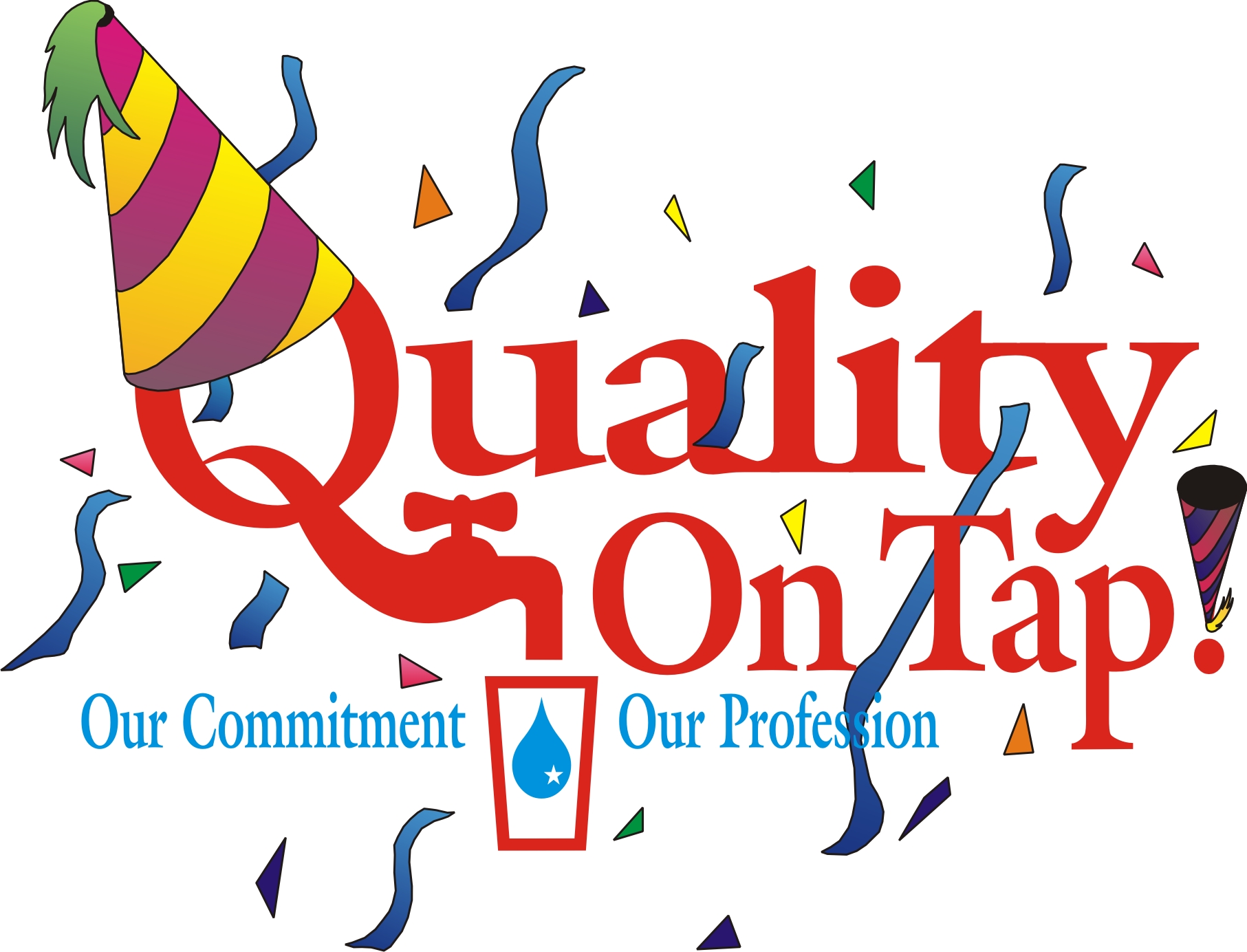Lead Testing Responsibilities - Water Providers
1. The owner or operator of each community water system shall develop a water distribution system material inventory that shall be submitted in written or electronic form to the IEPA on an annual basis beginning on April 15, 2018 and updated each April 15 thereafter until the water distribution system material inventory is completed.
2. In addition to meeting the requirements for water distribution system material inventories that are mandated by the USEPA, each water distribution system material inventory shall identify:
a. The total number of service lines (including privately owned).
b. The total number of known lead service lines (including privately owned).
c. The number of lead service lines added to the inventory since previous year s report.
3. NOTHING IN THIS SUBSECTION SHALL BE CONSTRUED TO REQUIRE THAT SERVICE LINES BE UNEARTHED.
4. Beginning on January 1, 2018, when conducting routine inspections of community water systems, the IEPA may conduct a separate audit to identify progress that the community water system has made toward completing the water distribution system material inventories.
5. The owner or operator of a community water system may seek a full or partial waiver of the requirements of this subsection from the Agency if:
a. The community water system was originally constructed without lead.
b. The residential structures were constructed under local building codes that categorically prohibited lead construction materials or the owner or operator of a community water system certifies that any residential structures requiring notification were constructed without lead.
c. No lead sediment is likely to be present within the community water system or residential structures.
6. The owner or operator of the community water system shall provide notice of construction or repair work on a water main service line, or water meter in accordance with the following requirements:
a. At least 14 days prior to beginning planned work to repair or replace any water mains or lead service lines, the owner or operator of a community water system shall notify, through an individual written notice, each potentially affected residence of the planned work.
b. In cases where a community water system must perform construction or repair work on an emergency basis or where such work is not scheduled at least 14 days prior to work taking place, the community water system shall notify each potentially affected residence as soon as reasonably possible.
c. When work is to repair or replace a water meter, the notification shall be provided at the time the work is initiated.
7. Such notification shall include, at a minimum:
a. A warning that the work may result in sediment, possibly containing lead, in the residence's water supply.
b. Information concerning best practices for preventing the consumption of any lead in drinking water, including a recommendation to flush water lines during and after the completion of the repair or replacement work and to clean faucet aerator screens.
c. Information regarding the dangers of lead in young children.
8. Notification, through a local media, social media or other similar means, may be utilized in lieu of an individual written notification if one of the following apply:
a. Notification is required for the entire community served.
b. Notification is required for construction or repairs occurring on an emergency basis
c. the community water system is a small system (serves a population of 3300 or less).
9. If an owner or operator is required to provide an individual written notification to a multidwelling building, posting a written notification on the primary entrance way to the building shall be sufficient.
10. Notification requirements in this subsection do not apply to work performed on water mains that are used to transmit treated water between community water systems and have no service connections. Although water supplies are not directly responsible for the collection of lead samples in the schools, IRWA strongly recommends that water supply representatives work with the schools and assist them in the process any way possible. It is only through accurate sampling that accurate data can be collected and it is this data that will be used for future regulations.

Illinois Rural Water Association
3305 Kennedy Road; PO Box 49
Taylorville, IL 62568
Phone: 217-287-2115
Fax: 217-824-8638
Email: ilrwa@ilrwa.org
Privacy Policy